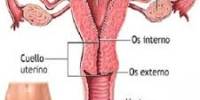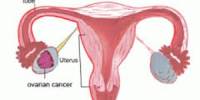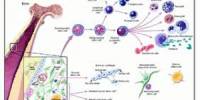Rett Syndrome
Definition
Rett syndrome (RTT) is a rare, severe neurological disorder that affects mostly girls. Girls with the syndrome show normal development during the first 6-18 months of life followed first by a period of stagnation and then by rapid regression in motor and language skills. The hallmark of Rett syndrome is the loss of purposeful hand use and its replacement with stereotyped hand-wringing. Screaming fits and inconsolable crying are common.
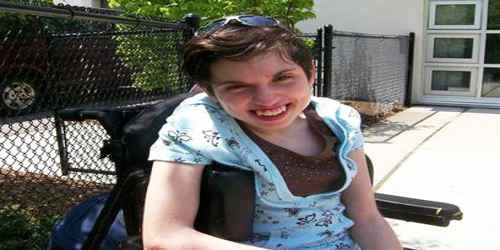
Rett syndrome is due to a genetic mutation of the MECP2 gene. This gene occurs on the X chromosome. Typically it develops as a new mutation, with less than one percent of cases being inherited from a person’s parents. Boys who have a similar mutation typically die shortly after birth. Diagnosis is based on symptoms and can be confirmed with genetic testing.
There is no cure for Rett syndrome. Treatment is directed at improving symptoms. Anticonvulsants may be used to help with seizures. Special education, physiotherapy, and braces may also be useful. Many people with the condition live into middle age.
The syndrome that bears his name was first described by Andreas Rett, an Austrian pediatrician, in 1966. The frequency of Rett syndrome — about 1 in 10-20,000 girls — appears similar in southwest Sweden, North Dakota, and metropolitan Tokyo.
Causes, Sign and Symptoms of Rett Syndrome
Rett syndrome is genetic; children almost never inherit the faulty gene from their parents. Rather, it’s a chance mutation that happens in DNA. The MECP2 gene contains instructions for producing a particular protein (MeCP2), which is needed for brain development. The gene abnormality prevents nerve cells in the brain from working properly.
When boys develop the Rett syndrome mutation, they rarely live past birth. Males have only one X chromosome (instead of the two girls have), so the effects of the disease are much more serious, and almost always fatal.
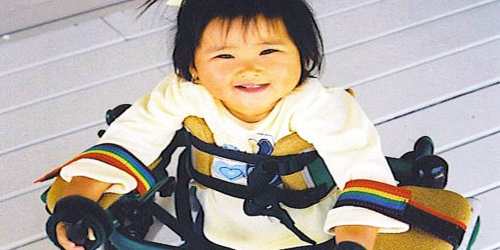
In at least 95% of Rett syndrome cases, the cause is a de novo mutation in the child. That is, it is not inherited from either parent. Parents are generally genotypically normal, without a MECP2 mutation.
Rett syndrome is described in four stages, although symptoms will often overlap between each stage. The main features of each stage are described below.
Stage one: early signs
Stage one is sometimes described as ‘stagnation’ because the child’s development slows down or stops altogether. Symptoms include:
- low muscle tone (hypotonia)
- difficulty feeding
- unusual, repetitive hand movements or jerky limb movements
- delay with development of speech
- mobility problems, such as problems sitting, crawling and walking
- lack of interest in toys
These symptoms typically begin during the period from six to 18 months of life and often last for several months, although they can persist for a year or more.

Stage two: regression
During stage two, known as ‘regression’ or the ‘rapid destructive stage’, the child starts to lose some of their abilities. This stage usually begins between the ages of one and four and may last for any time from two months to more than two years. Signs at this stage include:
- loss of the ability to use the hands purposefully – repetitive hand movements are often difficult to control and include wringing, washing, clapping or tapping
- periods of distress, irritability and sometimes screaming for no obvious reason
- social withdrawal – a loss of interest in people and avoidance of eye contact
- unsteadiness and awkwardness when walking
- problems sleeping
- slowing of head growth
- difficulty eating, chewing or swallowing, and sometimes constipation that may cause tummy aches
Stage three: plateau
Stage three of Rett syndrome can begin as early as two years of age or as late as 10 years of age. It often lasts for many years, with many girls remaining in this stage for most of their lives. On the downside, problems that can arise during stage three include:
- seizures, which become more common
- irregular breathing patterns may get worse – for example, shallow breathing followed by rapid, deep breathing, or breath holding
- teeth grinding
- some children may develop heart rhythm abnormalities (arrhythmias)
Gaining and maintaining weight can also be difficult to achieve.
Stage four: deterioration in movement
Stage four can last for years or even decades. The main symptoms at this stage are:
- development of a spinal curve (the spine bending to the left or right side), known as scoliosis
- muscle weakness and spasticity (abnormal stiffness, particularly in the legs)
- losing the ability to walk

Diagnosis and Treatments of Rett Syndrome
Genetic testing may be done to look for the gene defect associated with the syndrome. However, since the defect is not identified in everyone with the disease, the diagnosis of Rett syndrome is based on symptoms.
There are several different types of Rett syndrome:
- Atypical
- Classical (meets the diagnostic criteria)
- Provisional (some symptoms appear between ages 1 and 3)
Rett syndrome is classified as atypical if:
- It begins early (soon after birth) or late (beyond 18 months of age, sometimes as late as 3 or 4 years old)
- Speech and hand skill problems are mild
- It is appears in a boy (very rare)
Although there is no cure for Rett syndrome, there are treatments that can improve symptoms. And children should continue these treatments for their entire life.
The best options available to treat Rett syndrome include:
- Standard medical care and medication
- Physical therapy
- Speech therapy
- Occupational therapy
- Good nutrition
- Behavioral therapy
- Supportive services
Medicines can treat some of the problems with movement in Rett syndrome. Medication can also help control seizures.
Many girls with Rett syndrome can live at least into middle age. Researchers are studying women with the disease, which was only widely recognized in the last 20 years.
Reference:

